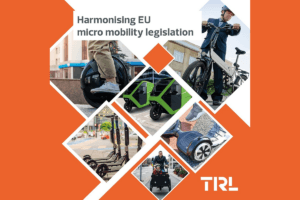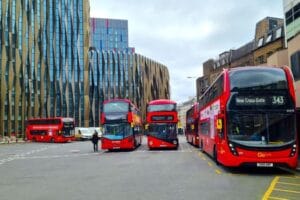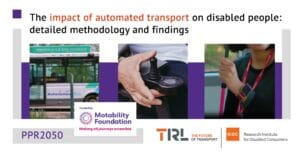A major new survey has visited eight bus garages across London, Scotland and the Northwest to find out if modern designs are inclusive for drivers, and if they’re not, how to make them so.
The researchers from TRL, the Transport Research Laboratory, working with Transport for London and the organisation Women in Bus and Coach, have talked to drivers about the current design of bus seats and cabs in order to understand what modifications may be required in future design briefs.
TRL researchers have now met with over 75 professional women bus drivers at these garages to gather feedback and recommendations on various cab features, to improve the comfort and functionality of cab designs, with the view to make future cab designs more inclusive.
They have produced a video giving details of their findings:
The researchers noted drivers’ height, age and weight along with gender and ethnicity. They asked about current seating design and anything which enhances or impairs usability. Respondents have also been asked about comfort and fatigue, their ability to move the seat to easily reach controls and view mirrors, and even the fabric used on the seat covering to check on cleanliness and what it is like to sit on for long periods of time.
On top of this, they’ve also given feedback on essential equipment including the siting of seatbelts and their adjustability, and whether in moving the seatbelt to comfortably fit, this affects their ability to control the vehicle. Staff have also been encourged to put forward any ideas for future designs to make their job easier and more inclusive.
The responses are helping TRL understand the strengths and weaknesses of current seats and guide the development of more inclusive, comfortable, and ergonomic seating solutions for new buses, or to retrofit existing vehicles.
(Picture – screengrab from TRL video)



























